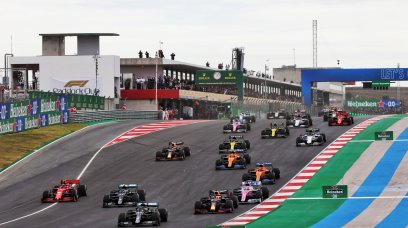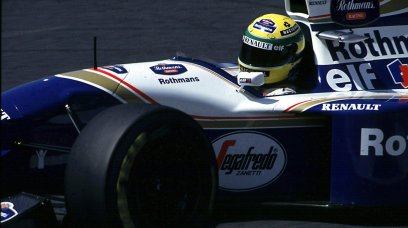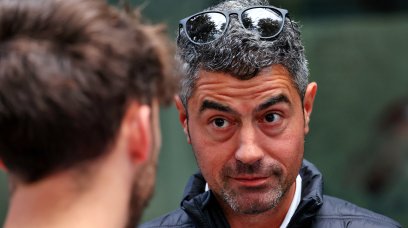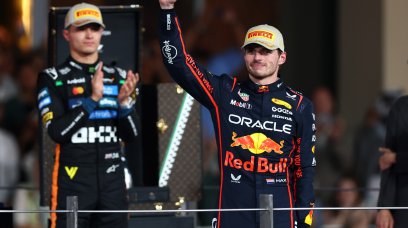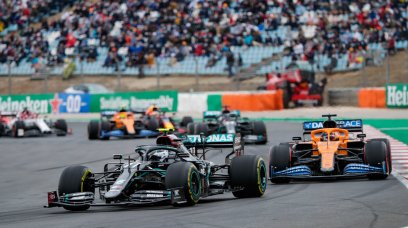Mercedes has brought their latest development for the W13 to Austin, characterized by a modified floor in the side edge of their front wing. The wing is lighter in its construction, to approach the limit of the minimum overall weight of the car of 798kg. There is talk of overall weight saving at Mercedes, including in the calculation the new front wing, of about 4 kilos. This last element of the development package of the W13 aroused particular interest. It has been modified at the level of the endplates with a different shape of the profiles that connect the flaps to them. But above all, to arouse particular interest, was the adoption of five connecting supports between the last flap and the intermediate one. In practice, these elements have been shaped and inclined towards the outside with the clear function of flow deviators and vortex generators. This is to increase the out-wash effect, that is the deviation of the flow exiting the wing to the outside of the wheels. The FIA technical stewards found this solution illegal, for at least two reasons. The first is linked to the fact that from 2019 additional profiles above the level of the main profile of the wing, which characterised the cars until 2018, are prohibited.
Why has Mercedes went for this concept?
The second reason is linked to the current technical regulation and its spirit, which prevents the implementation of specific solutions that have the function of increasing the turbulence on the outside of the wheels that can worsen the wake of the car. This would make it more difficult to approach a car that follows, effectively preventing the intention of closer fights on track with the 2022 cars. It's understandable why the Brackley-based team have introduced a change of this kind, given the basis on which the verdict on its illegality by the stewards rests. The idea that Mercedes wanted to create a precedent, if the wing had been declared compliant, has spread in the Austin paddock. In short, this could also be interpreted as a provocative answer to the budget cap saga. However, it is important to emphasise that the purely demonstrative intent can be excluded from the fact that four (two for each driver) new wing were built. It should also be added that, as a consolidated practice, the teams always submit projects to the FIA's Single Seater Technical Director, Nikolas Tombazis to obtain approval before putting the parts into production. The mystery, therefore, deepens.
Most read
